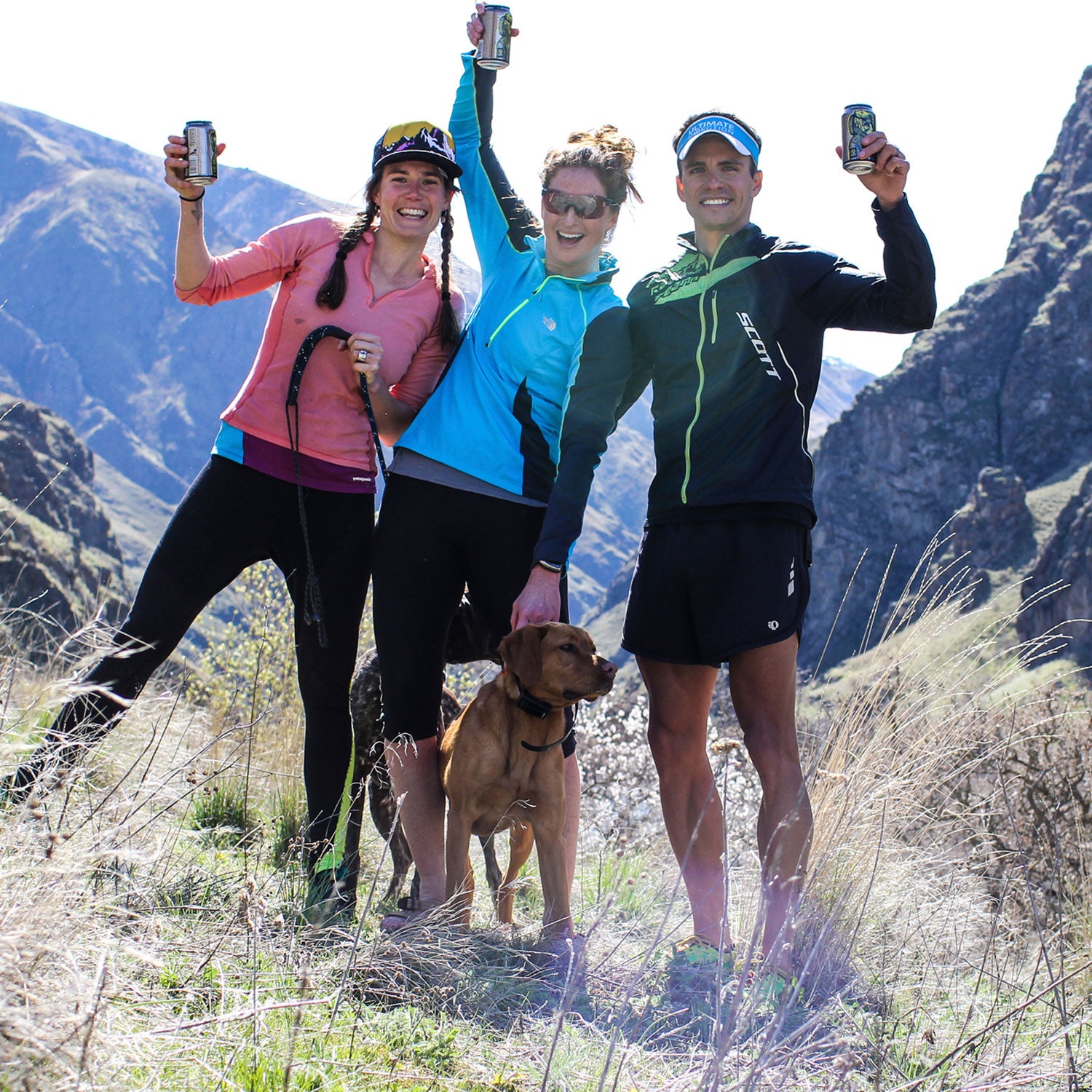When AmericaÔÇÖs fastest marathoner Ryan Hall retired this past winter, he cited chronically low levels of testosterone as a major factor in his decision. Hall was known for his massive training loads, and┬á┬ásuggests that┬áhormonal levels remain lower, for longer, than previously thought following hard efforts.┬á
This new study from the University of North Carolina┬árevealed it may in fact take 48 to 72 hours for the endocrine systemÔÇöspecifically the hormones testosterone and cortisolÔÇöto return to normal; previous scientific consensus stated that 48 hours was the maximum. ÔÇťThis is longer than most athletes allow themselves for recovery following exhaustive competition,ÔÇŁ says lead author┬áTravis Anderson.
Coaches and trainers have long known that hard, sustained efforts can deplete┬áthe endocrine system, which┬áin turn┬áimpacts the┬ábodyÔÇÖs ability to build muscle,┬álowers┬áred blood cell counts, and contributes to fatigue.┬áThe surprising news of this study, says Anderson, is that cortisol levels rebounded rather quicklyÔÇöin about 24 hoursÔÇöwhile testosterone requires┬áup to 72 hours. Coaches who have used┬ácortisol measurements as a recovery marker┬átherefore┬ámust┬ánow consider the fact that testosterone is likely still suppressed, and take reactive┬ámeasures to return its level to normal. The good news is that there's a relatively simple (and research backed) way to accomplish this:┬ágetting social with your recovery.
What it comes down to is that connectedness with teammates or friends can have a measurable positive effect on the body.
The concept is relatively simple: being in a positive social environment following a hard effort works to balance one's endocrine system faster than if they were alone, as a  from Imperial College in Great Britain found when they looked at moderating stress reactivity in professional rugby players. Specifically, they discovered that athlete recovery can be influenced by post-match psychological factors. A of Emory University soccer players found that testosterone levels improve with social connectedness with teammates as well.
Author and University of Houston cross-country coach Steve Magness is a believer in the approach: ÔÇťWeÔÇÖre good at managing the muscular aspects of recovery but we need to pay attention to the hormonal side as well. I like to use strategies like social recovery with my athletes to ensure we bring things around.ÔÇŁ
HeÔÇÖs not alone. Dave Hamilton, director of performance science for the U.S. womenÔÇÖs field hockey team at the Rio Olympics, has also found that social, group recovery has tangible benefits among his athletes.┬áIn 2010, he did a saliva sampling following a box jump (plyometric) test and found that testosterone markers improved when the athletes recovered as a team.┬á“ThereÔÇÖs a lot to suggest that testosterone levels can be positively impacted by environmental factors,”┬áhe says. ┬á
What, then, does social recovery look like? Magness says easy cool-down runs with friends following a race or speed workout is a good place to start. ÔÇťI like to see my runners debriefing with teammates after the hard work and maybe taking a meal together,ÔÇŁ he explains. ÔÇťJust spending 20 to 30 minutes together to unwind can make a difference.ÔÇŁ
Hamilton, too, has his athletes follow up after intensive efforts with a variety of easy work, especially if the team has a quick turnaround between games. ÔÇťIt could be a light weight room session, a mobility session, or group yoga,ÔÇŁ he says. ÔÇťI also like to see them eat together pre- and post-game.ÔÇŁ
What it comes down to is that connectedness with teammates or friendsÔÇöwhether that's participating in group workouts, traveling to and from races with friends, or enjoying social outings with local same-sport athletesÔÇöcan have a . ÔÇťIf the players are happier individuals, they are better as a team,ÔÇŁ Hamilton says. ÔÇťIf they are stressed, however, it lowers their performance potential.ÔÇŁ
The only thing that seemed to help Hall return his testosterone levels to normal was a reduced training load, but to MagnessÔÇÖs thinking, it's important that┬áathletes also┬átake the endocrine system into consideration. ÔÇťIf you are stacking stressors and not giving your body the tools it needs, it wonÔÇÖt bounce back,ÔÇŁ he says. ÔÇťIf you do little things like recovering with friends just like youÔÇÖd take in a recovery drink post workout, it can go a long way.ÔÇŁ


